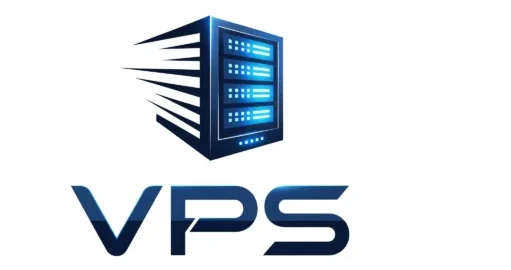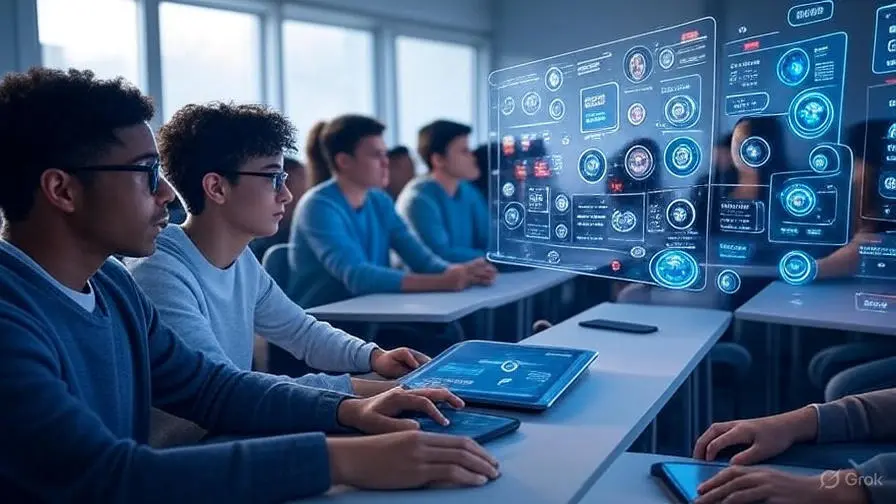The world of education has undergone a dramatic transformation in recent years, with virtual learning platforms emerging as powerful tools to deliver knowledge anytime, anywhere. When combined with gamification—the integration of game-like elements into non-game contexts—these platforms are revolutionizing how students learn, engage, and succeed. As of 2025, the synergy between virtual learning platforms and gamification is shaping the future of education, making it more interactive, motivating, and effective. This article explores the rise of these platforms, the role of gamification, their benefits, real-world examples, challenges, and future trends.
The Rise of Virtual Learning Platforms
Virtual learning platforms have become a cornerstone of modern education, especially since the global shift to online learning during the COVID-19 pandemic. Platforms like Google Classroom, Moodle, and Canvas provide educators with tools to create, manage, and deliver courses digitally. These platforms offer features such as video lectures, quizzes, discussion forums, and progress tracking, catering to diverse learning needs.
The adoption of virtual learning platforms has grown exponentially. According to recent trends, over 70% of higher education institutions now use some form of online learning management system (LMS). This shift is driven by accessibility, flexibility, and the ability to reach students across geographical boundaries. However, maintaining student engagement in these digital environments remains a challenge, paving the way for gamification.
What Is Gamification in Education?
Gamification involves incorporating game design elements—such as points, badges, leaderboards, and challenges—into educational activities to boost motivation and participation. Unlike traditional game-based learning, which relies on full-fledged games, gamification enhances existing learning processes with engaging mechanics.
The concept gained traction in the early 2010s and has since evolved with the rise of e-learning. By tapping into the human desire for achievement and competition, gamification transforms mundane tasks into exciting challenges. In virtual learning platforms, this approach can increase retention rates, improve academic performance, and foster a sense of community among learners.
Benefits of Gamification in Virtual Learning Platforms
The integration of gamification into virtual learning platforms offers numerous advantages:
Enhanced Engagement and Motivation
Gamified elements like badges and progress bars make learning feel like a game, keeping students motivated. Studies show that gamified courses can increase engagement by up to 48%, as learners are driven to earn rewards and advance levels.
Personalized Learning Experiences
Virtual platforms with gamification allow educators to tailor content to individual needs. Adaptive learning paths unlock new modules based on a student’s progress, ensuring a customized educational journey.
Improved Retention and Performance
The interactive nature of gamification helps students retain information better. Research indicates that gamified learning environments can improve retention rates by 9% compared to traditional methods, as the repetitive nature of challenges reinforces knowledge.
Collaboration and Social Learning
Features like team challenges and leaderboards encourage collaboration. Students work together to solve problems, fostering peer learning and a sense of belonging in the virtual classroom.
Real-World Examples of Gamified Virtual Learning Platforms
Several platforms have successfully integrated gamification, setting benchmarks for online education:
Duolingo
Duolingo, a language-learning app, uses gamification to make vocabulary acquisition fun. Users earn points (XP) for completing lessons, unlock new levels, and compete with friends. This approach has led to a 34% higher daily engagement rate compared to traditional language courses.
Kahoot!
Kahoot! turns quizzes into competitive games, allowing teachers to create multiplayer challenges. Students earn points for correct answers, and leaderboards add a competitive edge. This platform is widely used in K-12 education, with over 50% of U.S. teachers incorporating it into their virtual lessons.
Classcraft
Classcraft gamifies the entire classroom experience by turning students into characters in a role-playing game. They earn points for good behavior and academic success, unlocking powers and rewards. This platform has been praised for reducing dropout rates by 15% in some schools.
Challenges of Implementing Gamification
Despite its benefits, gamification in virtual learning platforms faces several hurdles:
Overemphasis on Rewards
Focusing too much on points and badges can shift students’ focus from learning to earning rewards, undermining intrinsic motivation. Educators must balance extrinsic incentives with meaningful content.
Technical Barriers
Not all institutions have the infrastructure to support advanced gamified platforms. Slow internet, outdated devices, or lack of training can hinder implementation, especially in underserved regions.
Design Complexity
Creating effective gamification requires careful planning. Poorly designed systems with irrelevant challenges or repetitive tasks can lead to disengagement, negating the intended benefits.
Equity Concerns
Students with limited access to technology or gaming experience may feel left behind. Ensuring inclusivity is critical to the success of gamified learning environments.
Future Trends in Virtual Learning Platforms and Gamification
As technology advances, the future of virtual learning platforms and gamification looks promising:
Artificial Intelligence Integration
AI is enhancing gamification by personalizing challenges and providing real-time feedback. By 2025, AI-driven platforms are expected to adapt content dynamically, improving learning outcomes by 20%.
Virtual Reality (VR) and Augmented Reality (AR)
VR and AR are adding immersive elements to gamified learning. Imagine students exploring historical sites or conducting virtual science experiments, with gamified tasks to guide their journey. This trend is projected to grow by 30% in the next five years.
Increased Focus on Soft Skills
Gamification is expanding beyond academics to develop skills like teamwork and critical thinking. Virtual simulations with role-playing elements are becoming popular in corporate training and higher education.
Sustainability and Accessibility
Future platforms will prioritize eco-friendly designs and accessibility features, ensuring gamified learning is inclusive and sustainable. This includes mobile-friendly interfaces and offline modes for remote areas.
Best Practices for Implementing Gamification
To maximize the impact of gamification in virtual learning platforms, educators should:
- Align with Learning Objectives: Ensure game elements support educational goals rather than distract from them.
- Provide Meaningful Feedback: Offer constructive insights alongside rewards to guide improvement.
- Encourage Collaboration: Design team-based challenges to foster a supportive community.
- Test and Iterate: Regularly evaluate the gamification strategy and adjust based on student feedback.
Conclusion: The Future Is Gamified
Virtual learning platforms and gamification are reshaping education by making it more engaging, accessible, and effective. From boosting motivation to fostering collaboration, these tools are unlocking new potential for learners worldwide. However, success depends on overcoming challenges like design complexity and equity issues through thoughtful implementation.
As we move into 2025 and beyond, the integration of AI, VR, and a focus on soft skills will further elevate gamified learning. Educators, students, and institutions must embrace these innovations to create a future where learning is not just a task but an adventure. Are you ready to gamify your educational journey?



